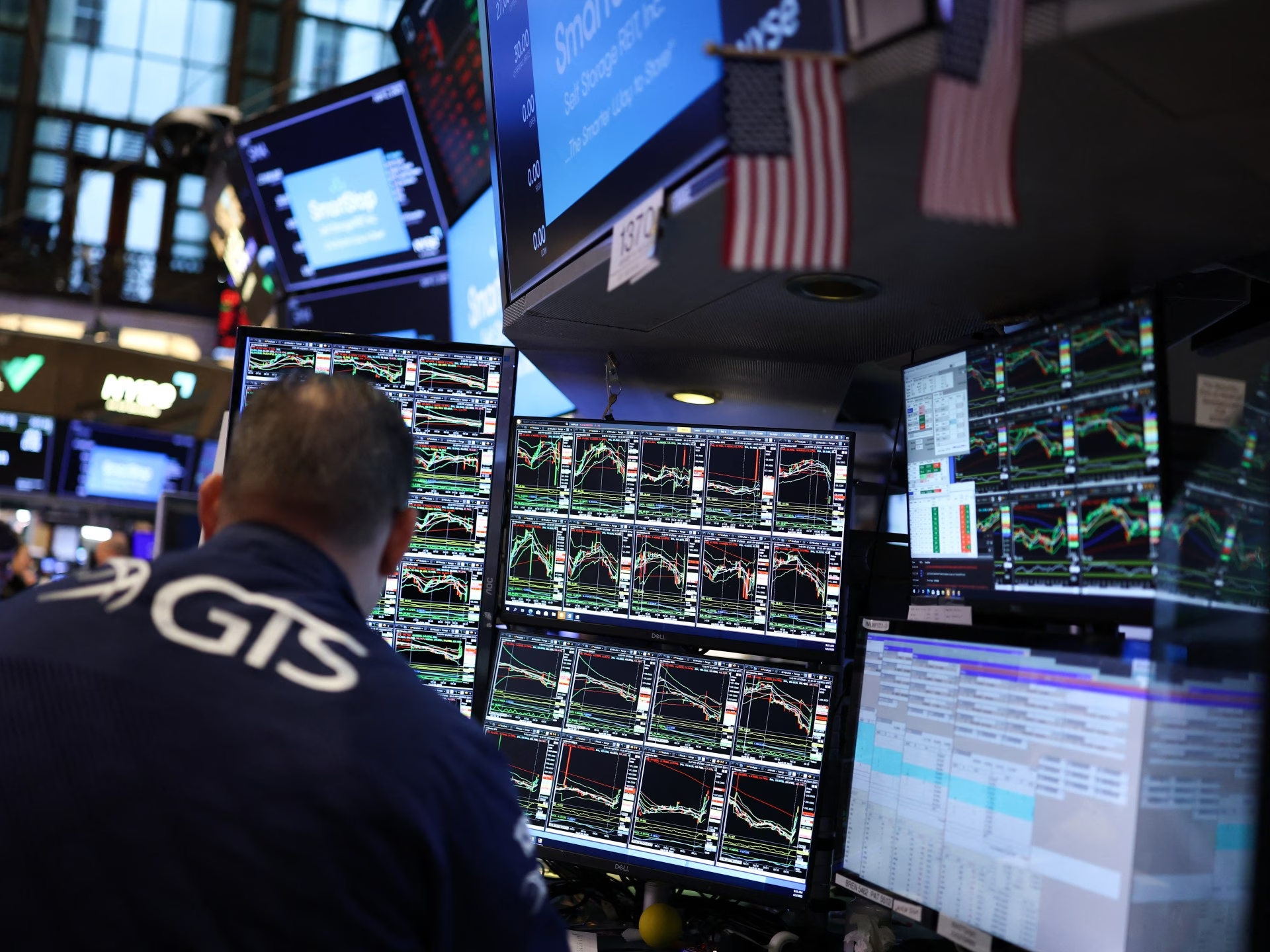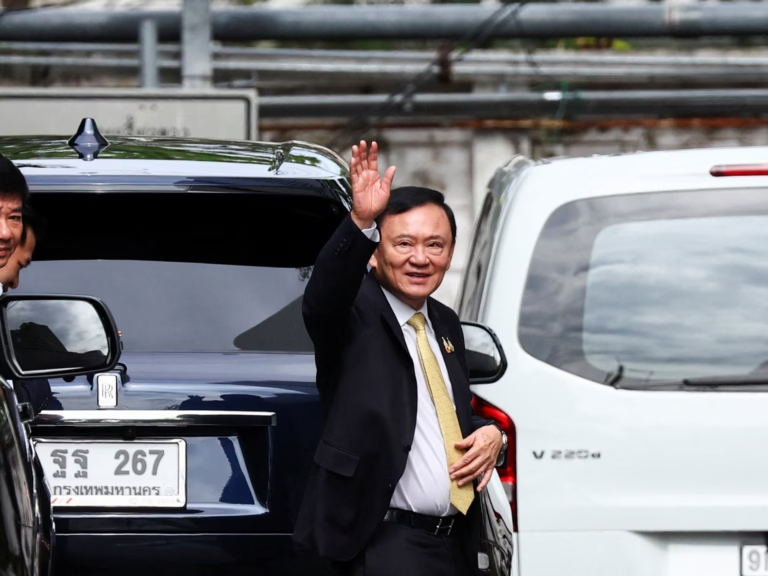Following weeks of anticipation, global investors have finally been able to see U.S. President Donald Trump’s “reciprocal” tariffs, which were announced on Wednesday. If the reaction of the stock market is any indication, the “liberation day” tariffs unveiled exceeded their worst fears. From the US to Asia to Europe, markets tumbled as investors absorbed the implications of the sharpest turn towards protectionism by the world’s largest economy since the 1930s.
Futures tied to the US’s benchmark S&P 500 and tech-heavy Nasdaq-100 dropped more than 3 percent and 3.5 percent respectively, setting the stage for heavy losses when Wall Street reopens on Thursday. Japan’s benchmark Nikkei 225 dropped as much as 4.5 percent, while South Korea’s KOSPI and Hong Kong’s Hang Seng each fell more than 2 percent. In Vietnam, the benchmark VN-Index suffered one of the worst days in its history, plummeting more than 6 percent.
Lynn Song, chief economist for greater China at Dutch bank ING, told Al Jazeera that “the hike in tariffs was more aggressive than expected.” Many were expecting a range of 10-20 percent tariffs. This sort of aggressive move will probably risk some retaliation from the bigger players, though smaller countries could choose to try and negotiate for a lower rate. Daniel Ives, an analyst with Los Angeles-based wealth management firm Wedbush Securities, went as far as to describe Trump’s plans as “worse than the worst-case scenario.”
While Trump announced a baseline 10 percent tariff for all imports to the US, he confirmed that much higher duties would be imposed on dozens of other countries. The steeper rates apply to both major US trading partners and smaller economies – and allies and rivals – alike. China, the US’s third-largest trading partner accounting for more than $430bn worth of US imports annually, is facing a 34 percent tariff. When added to Trump’s previous tariffs on Chinese goods, the latest tariff lifts the overall rate to 54 percent.
The European Union is set to be hit with a 20 percent tariff, while Japan and South Korea are facing duties of 24 percent and 26 percent, respectively. Some of the steepest rates have been applied to developing economies that potentially have the most to lose from a serious disruption to trade, including Cambodia, Vietnam, Laos, Myanmar, Sri Lanka, and Laos, which are facing tariffs of 44-49 percent.
China and the EU, the world’s two largest economies, have already promised to retaliate with their own trade measures, though many smaller trade-reliant economies are seen as hesitant to respond in any way that might exacerbate trade tensions further. After weeks of market volatility due to uncertainty over Trump’s plans, a key question is whether the tariffs could be eased in negotiations between Washington and its trade partners.
Regardless of what the deal is, it is highly likely that the US will keep part of the tariffs for everyone, said Gary Ng, a senior economist with the investment bank Natixis in Hong Kong. While the severity of Trump’s tariffs seemed to take many investors by surprise, there is room for stocks to fall much further still – depending on the administration’s next moves. JPMorgan and Goldman Sachs have put the likelihood of Trump’s protectionist policies tipping the US economy into a recession this year at 40 percent and 35 percent, respectively. The long-run tariff policy remains uncertain – how will other countries react? Will the US escalate? Will it pull back? Markets did react forcefully, but we will see further downward corrections if these tariffs persist – and more dramatic movements if the trade war escalates.
Source: https://www.aljazeera.com/economy/2025/4/3/worse-than-worst-case-scenario-trumps-tariffs-send-markets-reeling?traffic_source=rss







